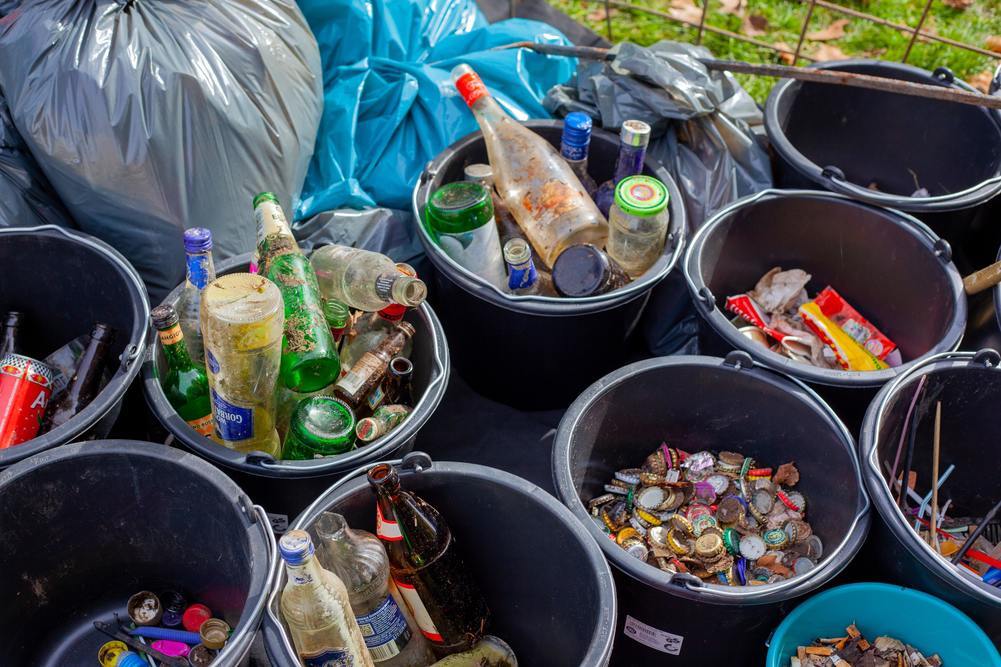One of the most significant elements of recycling is to classify the waste before sending it to the recycle bin. Not all products are recyclable, and not all items should go into one container. A proper disposal technique makes it easier for the item to be recycled appropriately. You should understand the basics, such as disposing of POP waste and how it affects the environment.
Planning Waste Transfer
When you are planning the paperwork for the waste that you want to dispose of for recycling, some of the things you must include are:
- The classification code of the waste: This is also called the list of waste (LoW) or European Waste Catalogue code.
- The type of business or premise the waste came from.
- The name of the substance and what is in it.
- Any special knowledge that you have about the waste you want to dispose of.
Benefits of Classifying Waste
 One of the greatest benefits of classifying waste is to avoid contamination. It also makes sure you are safe even as you go about recycling the waste that you have gathered. Some of the waste products could end up being hazardous and pose a risk to your health. The other reason why you should classify and separate your waste whenever possible is that it saves time and money. Cleaning waste can take a long time if it has not been classified and separated. Check for a red or orange symbol on your products to see if they are hazardous.
One of the greatest benefits of classifying waste is to avoid contamination. It also makes sure you are safe even as you go about recycling the waste that you have gathered. Some of the waste products could end up being hazardous and pose a risk to your health. The other reason why you should classify and separate your waste whenever possible is that it saves time and money. Cleaning waste can take a long time if it has not been classified and separated. Check for a red or orange symbol on your products to see if they are hazardous.
Make sure that you have done enough research so that you understand the basics of recycling that are applicable to your situation. Recycling can be done within small households or even big businesses, as long as you know the general rules.

